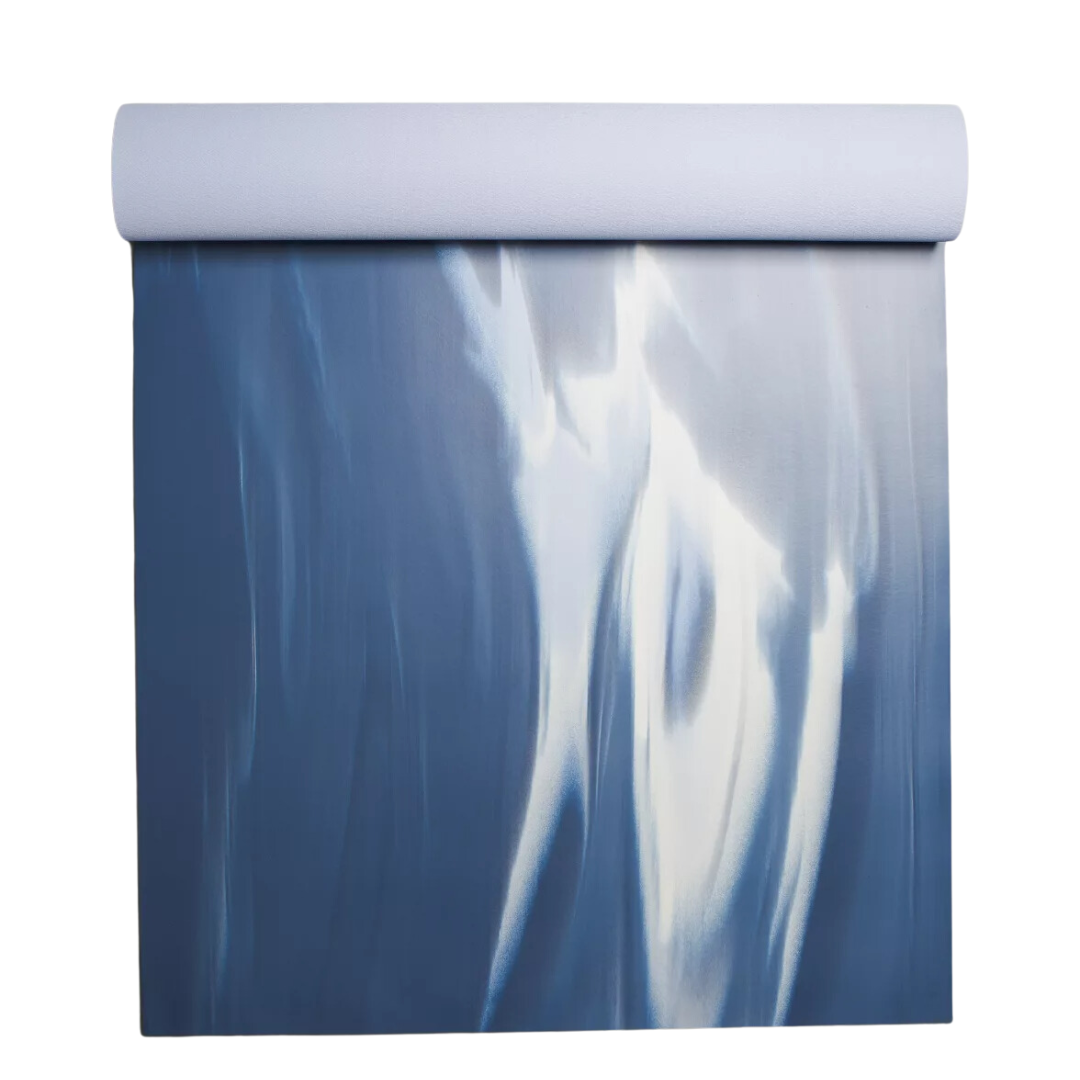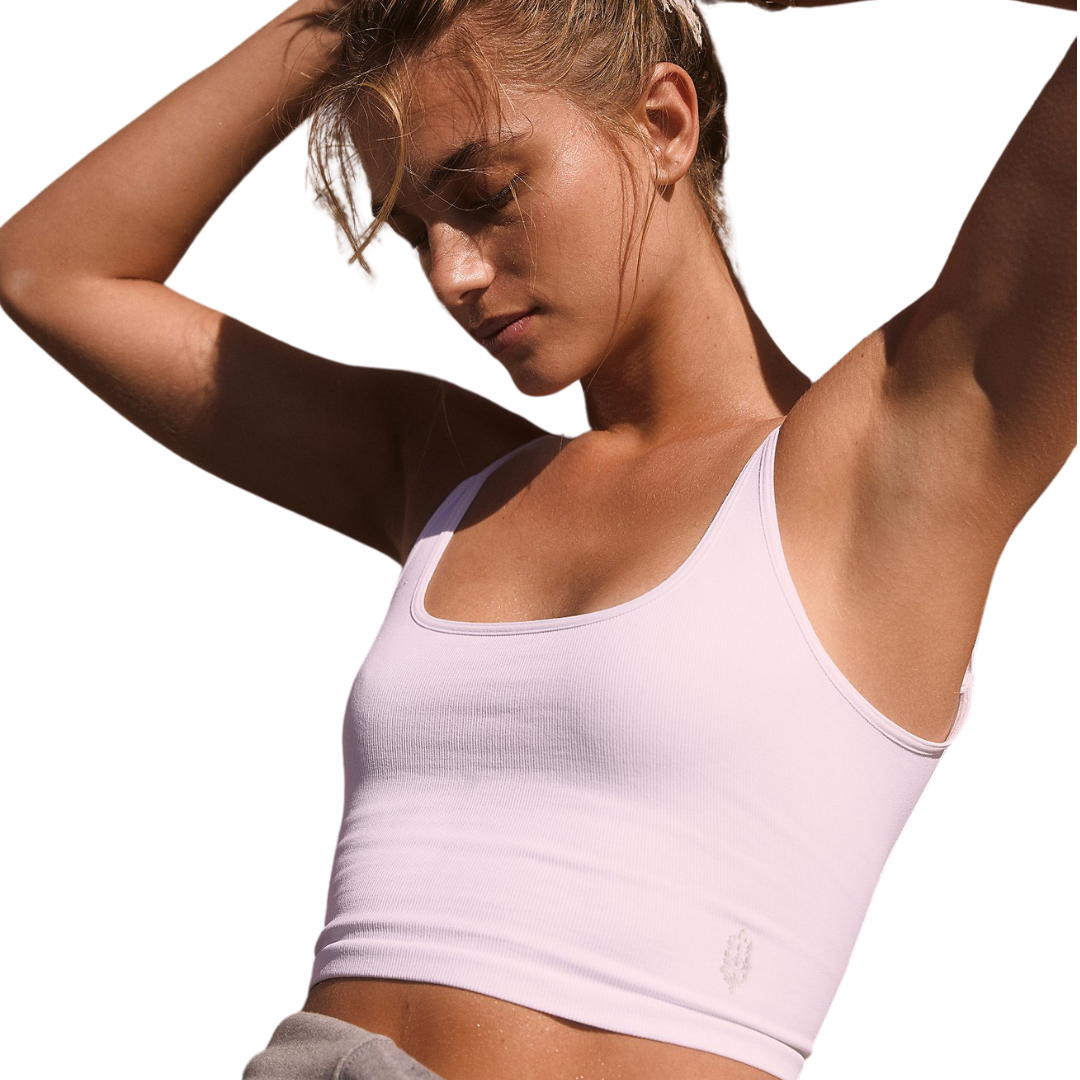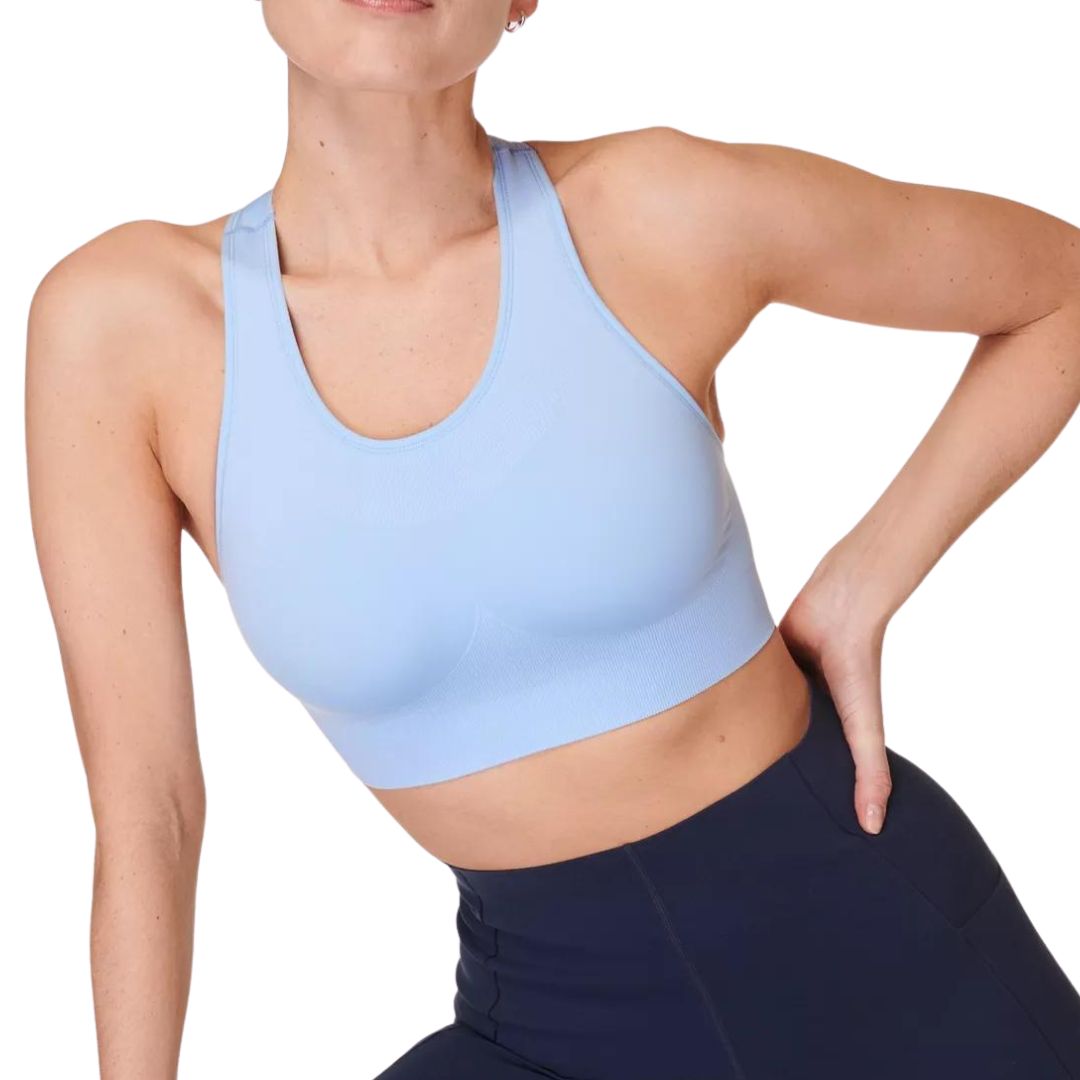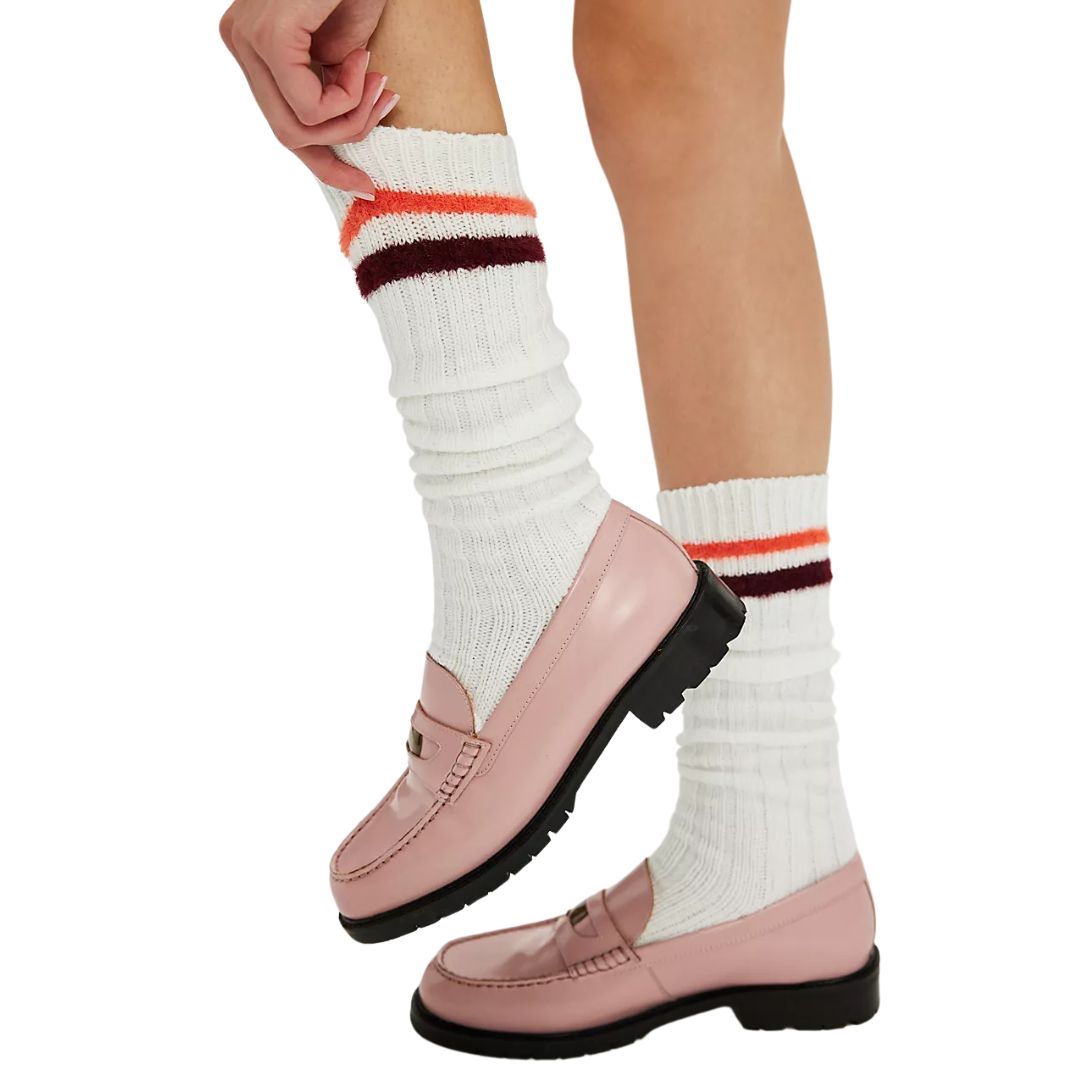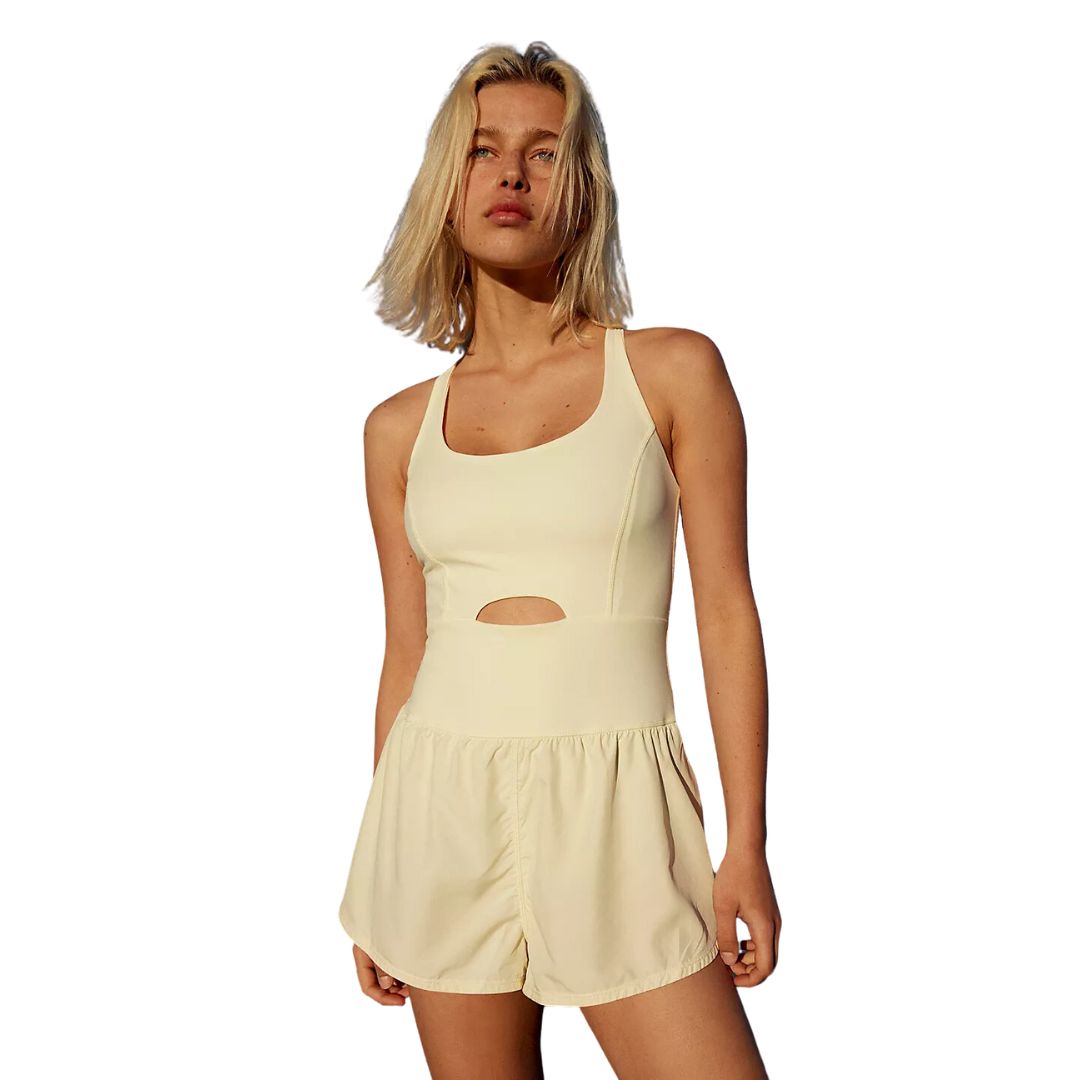Yes, there's such thing as too much - so, how often should you do Pilates to see the best results?
Top experts impart their wisdom.


Pilates is the never-not-trending workout, thanks to the host of benefits it packs in - but knowing how often you should be doing Pilates is vital for getting the most out of it. As a Health Editor and fitness instructor, I recommend Pilates to everyone, including my sister who just had surgery, my running friends who complain about pain and my mum who has never done an intentional workout in her life. But, question: how often should you do Pilates to see the best results?
I do Pilates and Pilates-style exercises many times throughout my week, too. But with statistics showing that overtraining impacts around 38% of recreational exercisers in some sports, how much is too much Pilates?
Well, one study showed that an hour of Pilates, five days a week led to improvements in lower back pain. However a 2020 analysis reported that more Pilates didn't accelerate benefits: pain was reduced regardless of whether participants did it once, twice or three times a week.
Unless you adore the time you spend in a Pilates class, doing it more than needed might be a waste of your precious time or put you at risk of overtraining and injury. So to find out just how often you should be doing Pilates, we turned to physiotherapist and clinical lead at Complete Pilates, Helen O'Leary, and Claire Mills, physio and Pilates expert and founder of Core LDN.
And don't forget to check out our host of Pilates information on site, whether it's the many benefits of Pilates, our all time favourite Pilates workout or the best Pilates exercises for beginners and core Pilates exercises. We've got the best Pilates workouts at home and 20 minute Pilates workouts here, too. Looking for investment-worthy kit? Check out our guides to our Editor's favourite Pilates leggings, Pilates sculpt bars and Pilates rings.
How often should beginners do Pilates? Your extensive guide
Is there such thing as too much Pilates?
"Joseph Pilates famously said, "In ten sessions you will feel the difference, in 20 you will see the difference, and in 30 you’ll have a whole new body," says Mills. But how often you do those sessions could make a difference to how fast you see results.
"Research suggests there are benefits to doing Pilates just once a week. However, I would recommend doing it two or three times weekly: you will notice and feel the strength and flexibility changes quicker. From a physiotherapy point of view, to strengthen muscles, make changes to muscle length, and improve joint flexibility, you need to be training that way three times weekly," recommends Mills.
Celebrity news, beauty, fashion advice, and fascinating features, delivered straight to your inbox!
O'Leary agrees: "For most beginners, I would recommend anywhere between one to three sessions per week, though it depends on many factors," she says. These factors to bear in mind include:
1. Your goals
If your goal is to just move your body than you currently do, starting with a slight increase in exercise is more than enough. However, if you want to get strong, mobile or flexible, then you should think strategically about doing Pilates with multiple sessions a week.
2. The length of the session
Five minutes a day or 30 minutes once a week will add the same volume of Pilates over seven days. Consider how much volume you need and what fits into your schedule best. Some people prefer to dedicate one hour a week while others prefer little and often. The longer your session, the less frequently you need to do it.
3. Whether you are exercising at home or in a class
Classes may be more intense than your home training due to the variety of kit, meaning you need longer to recover between sessions. They may also be less accessible, meaning you should attend less often.
4. Whether you are doing mat Pilates or Reformer Pilates
Reformer is much more expensive than mat or home Pilates, and due to the heavy springs can be more intense on your body. "If you are attending a group Reformer Pilates class this can often be more like a gym class and can be more high intensity, so here it may be better to start with once a week and build up," says O'Leary.
5. Your fitness level
A beginner to all forms of movement may want to do less Pilates than someone who is new to the discipline but well-trained in other areas. "If you haven't been doing exercise for a long time, it can be a good idea to introduce exercise once or twice a week, so that you can sustain it over the longer term," says O'Leary.
6. How sore your are
"If you start doing regular Pilates and discover you love it and don't feel tired after doing it you can, in theory, do it every day," says O'Leary. As always, listen to your body to find out what it needs.
A post shared by Complete Pilates (@complete_pilates)
A photo posted by on
So, should you do Pilates every day?
People who are more advanced with their training or Pilates routine may want to do Pilates every day. "If you are an experienced exerciser, and are currently fit, you could do regular Pilates every day," says O'Leary.
The key here is to make sure that your Pilates is gentle. Despite it being a low-impact exercise, some classes can be very intense. If you plan to do Pilates every day then you might want to focus on different muscle groups on different days or have some intense and other less intense days.
The great thing about Pilates is that it's so adaptable, so this is more than possible. For instance, one day could be focused on Pilates strength exercises and the next could focus more on Pilates flexibility and mobility to give the muscles a rest between disciplines.
"As with the beginners, if you are doing group Reformer classes you may need to build in some rest days - at least two per week," says O'Leary, reminding us that some classes can be very intense.
Can you do too much Pilates?
Good news for Pilates lovers: "With most Pilates classes, it is probably difficult to do too much," says O'Leary.
Unlike, say, running, which puts heavy impact on the joints - or strength training, which pushes muscles to fatigue and requires a lot of time for recovery - most versions of Pilates are low-impact workouts meaning it's hard to overload the body.
"One aspect of Pilates is its focus on the mind body connection - so you become more attuned to how your body feels and can notice the warning signs when something doesn't feel good," says O'Leary. In that sense, doing a lot of Pilates will help you know when you're doing too much.
Of course, it's possible to overdo it. "In theory, if you are doing lots of advanced classes you may start to notice your body becoming fatigued, especially if using equipment. There are many classes which stray away from the original principles of Pilates and emphasise pace, intensity and lots of repetitions. Here, you might be more likely to push through warning signs of fatigue or injure yourself through poor technique or the equipment not being set up for your individual body," says O'Leary.
Shop MC UK's favourite workout kit now:
How to add more Pilates into your routine
If you're looking for a way to increase the frequency of your sessions but wondering how to go about it safely, O'Leary has tips.
"This really depends on your individual preferences. If you are short on time and need flexibility in your schedule, then online Pilates classes are a great way to go. You can search for class lengths and levels to suit your preferences - it helps if you can choose classes with well-qualified Pilates instructors," she says.
FYI: O'Leary teaches on the virtual Complete Pilates playlist to help you check in with any moves you don't quite get when doing them without the supervision of a teacher. "If you find it difficult to stick to exercise at home, you might need to structure and accountability of going to a Pilates class. Research a good teacher and, if you have the budget, some one-to-one classes are a great way to learn about the basics, before progressing to more challenging work," she adds.
Personally, I also love implementing Pilates-style movements into my other workouts. For instance, I add Pilates glute exercises into my warm-up and finisher when I'm strength training and I always do some Pilates activation movements before running. It's a great way to build familiarity with the workout style before jumping into hour-long classes if that feels too daunting.

Chloe Gray is a freelance journalist who writes and talks about health, fitness, and wellbeing through a feminist lens. She was part of the launch team for Stylist magazine's fitness brand, Strong Women, and has written for i news, Women's Health, Red magazine, Good Housekeeping, Refinery29, and more. She's all about building mental and physical strength, eating delicious food that fuels you well, and making the fitness industry more accessible and enjoyable. She's also a qualified fitness trainer and research nerd, so you can be sure everything you read is backed by proper science.
